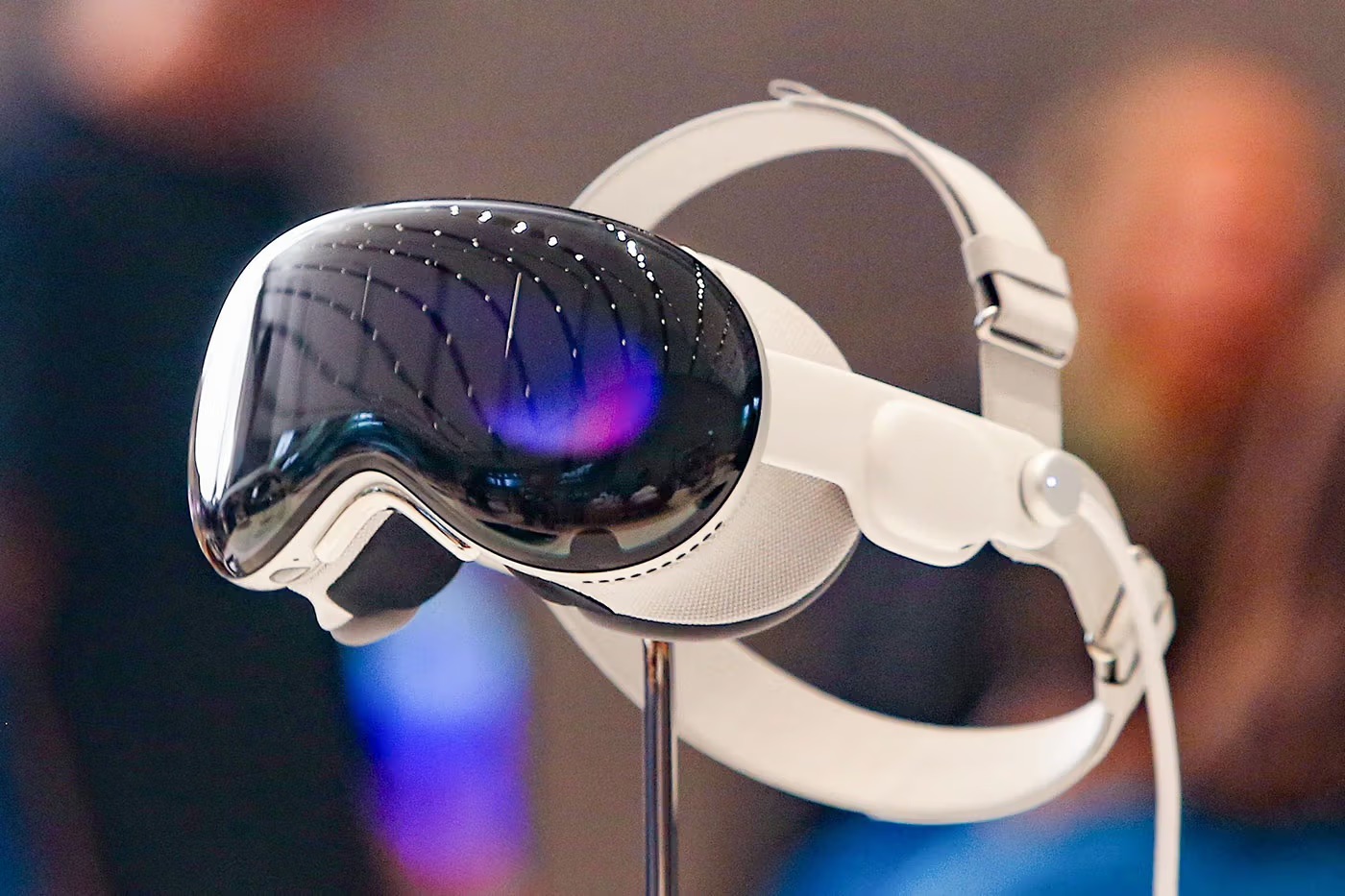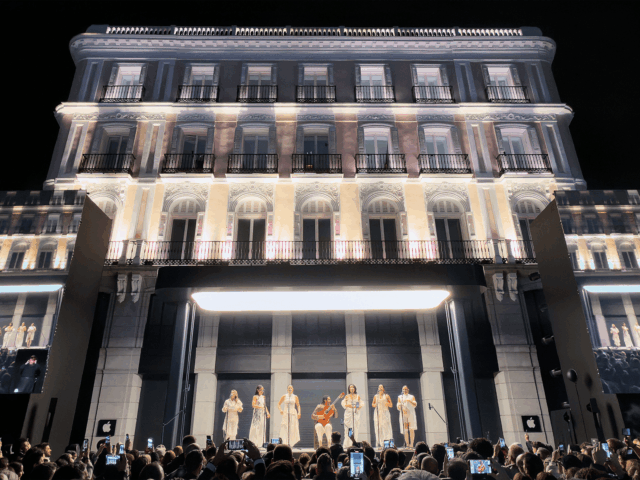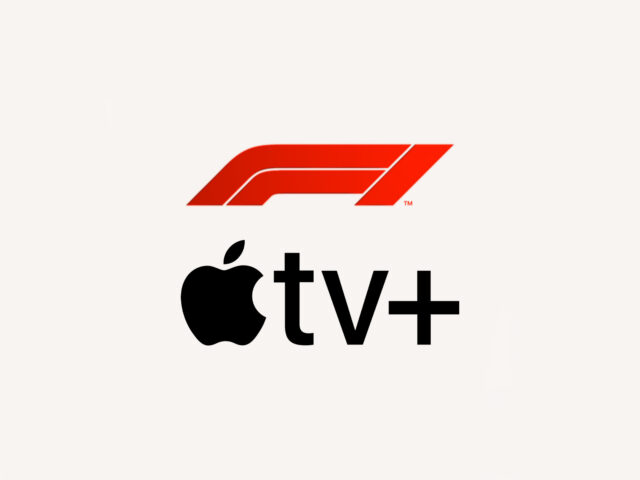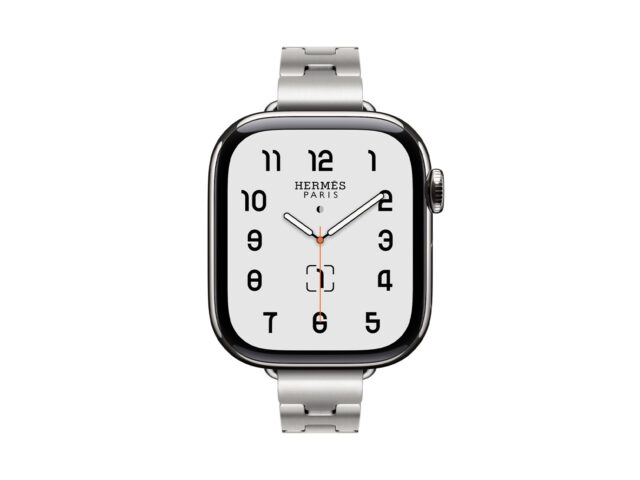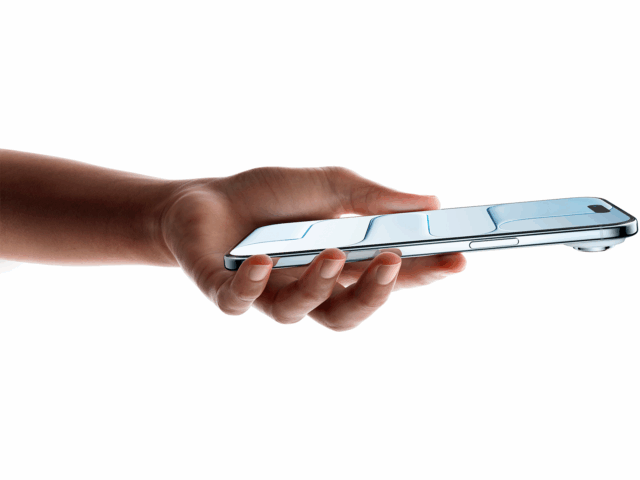According to Mark Gurman (Bloomberg), the brand already has two new versions of the headset that debuted in 2024 in the works: one that’s lighter, more comfortable, and, most importantly, more affordable; and another aimed at professionals who need top-tier performance, connected directly to a Mac for virtually zero latency.
Yes, Apple wants the Vision Pro to go beyond just an aspirational object and become a real tool for more users. The budget model seeks precisely that: to lower the entry point into the XR universe without sacrificing design or the premium experience. There’s talk of a more comfortable fit, a lighter form factor, and a more affordable price, although it’s still Apple—so “affordable” is relative.
Meanwhile, the tethered model (that is, connected to a Mac) is clearly aimed at a professional audience: people who work in environments where every millisecond counts. From surgical simulations to virtual flight pilots, this headset won’t rely on internal processing but will leverage the power of the Mac to minimize latency. This isn’t for watching floating movies on the couch: it’s XR for those who take it to the limit.
What’s interesting is that, beyond these upgrades, Apple’s long-term vision remains focused on true AR glasses. We’re not talking about a headset that looks like something out of a sci-fi movie, but rather a lightweight, everyday wearable that you can wear like your favorite sunglasses. A device that doesn’t scream “technology,” but is loaded with it. For now, that scenario still seems distant, both due to technical barriers and cultural adoption. But each iteration of the Vision Pro seems to be a step closer to that future.
Apple knows it’s building something bigger than a product. It’s designing a new way to interact with information, with the environment, with time and space. The question is: are we ready for that to stop feeling like science fiction?
Sigue toda la información de HIGHXTAR desde Facebook, Twitter o Instagram
You may also like...
